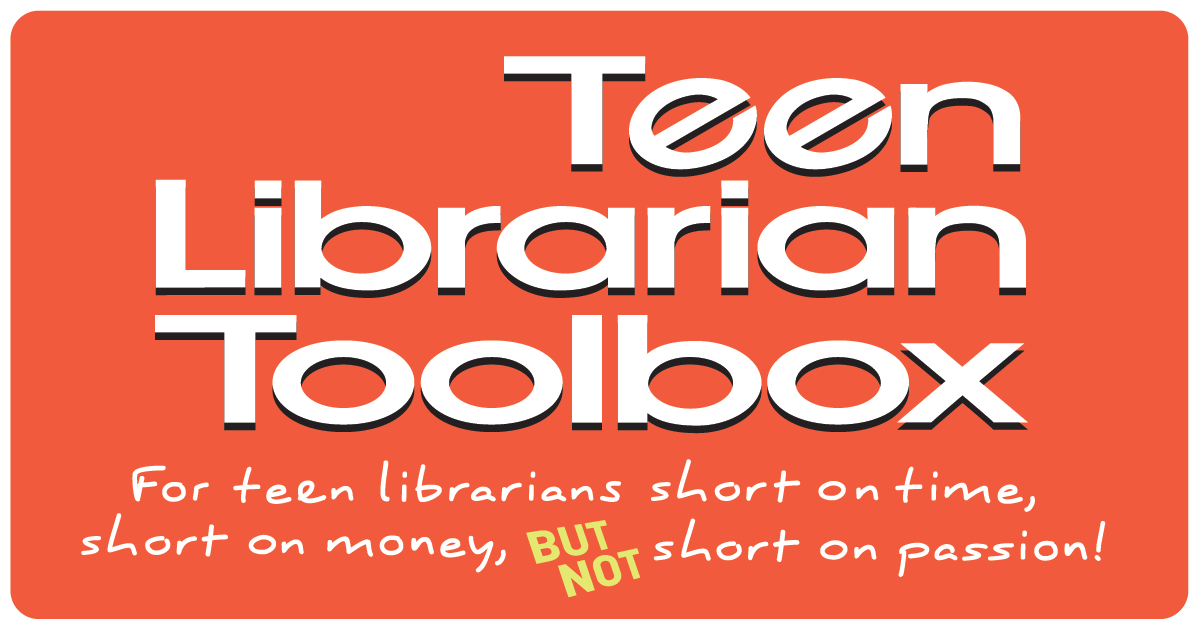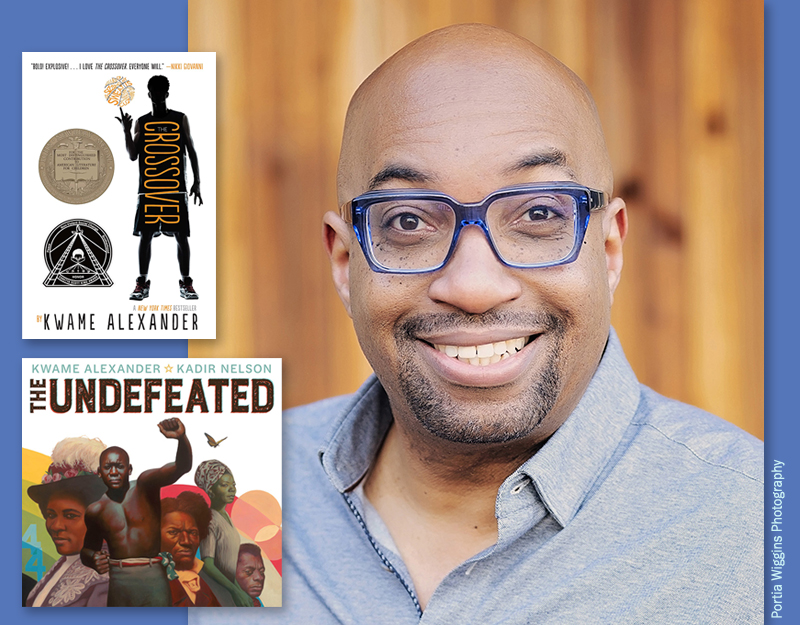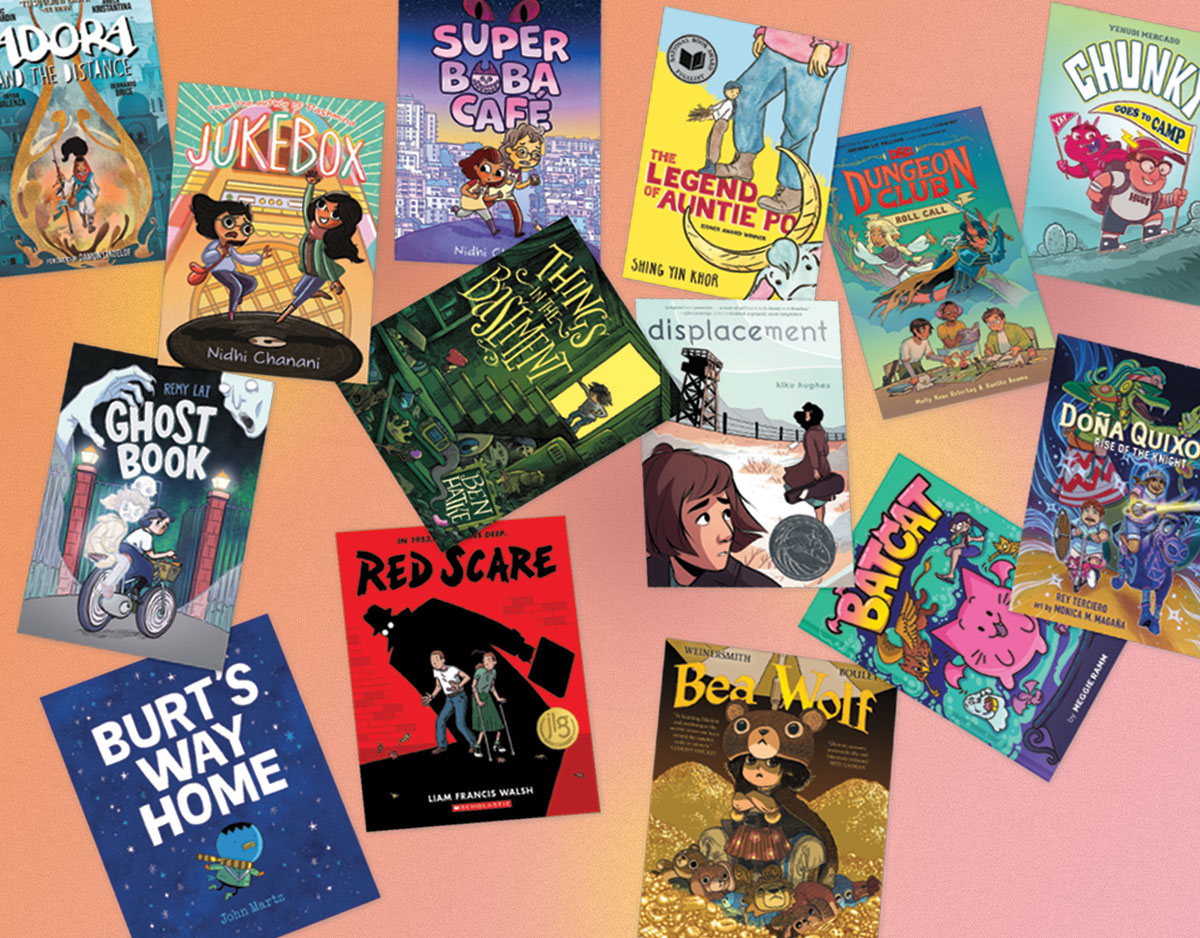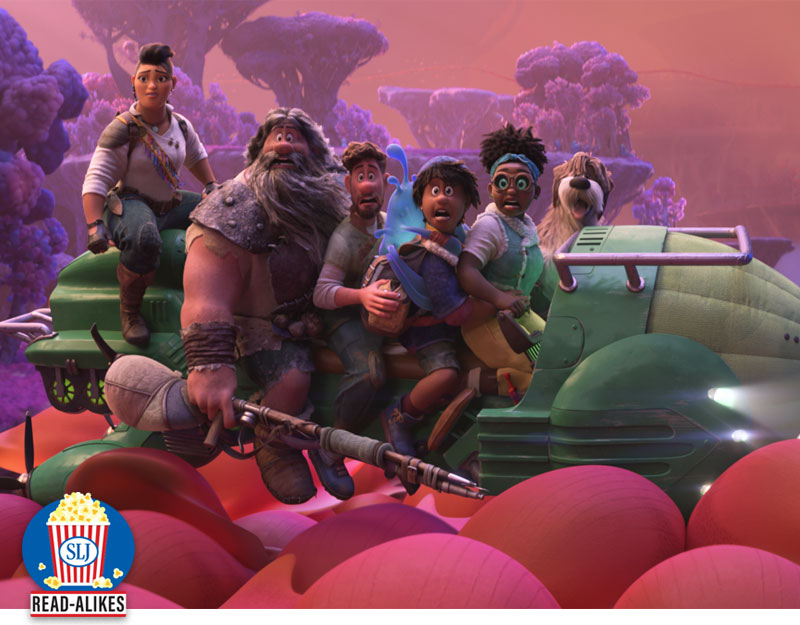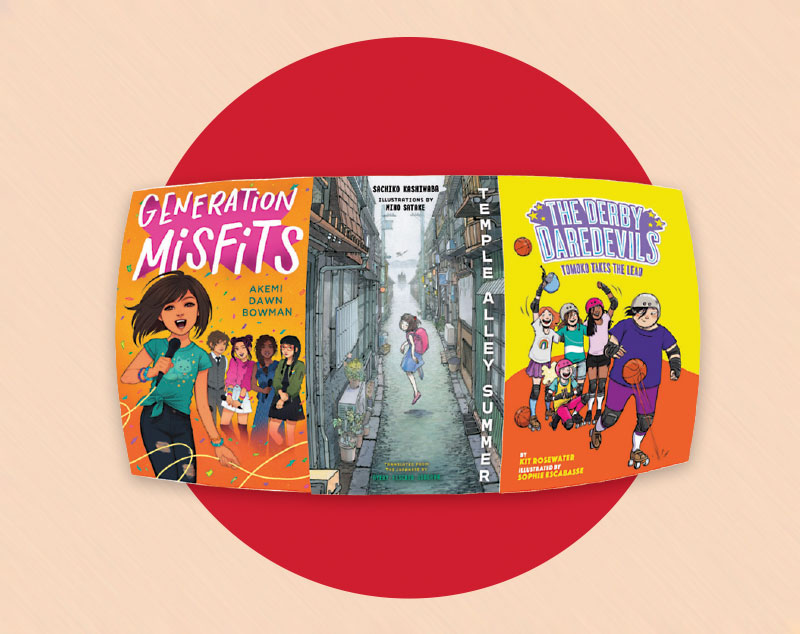Whose Story, a guest post by Betty G. Yee
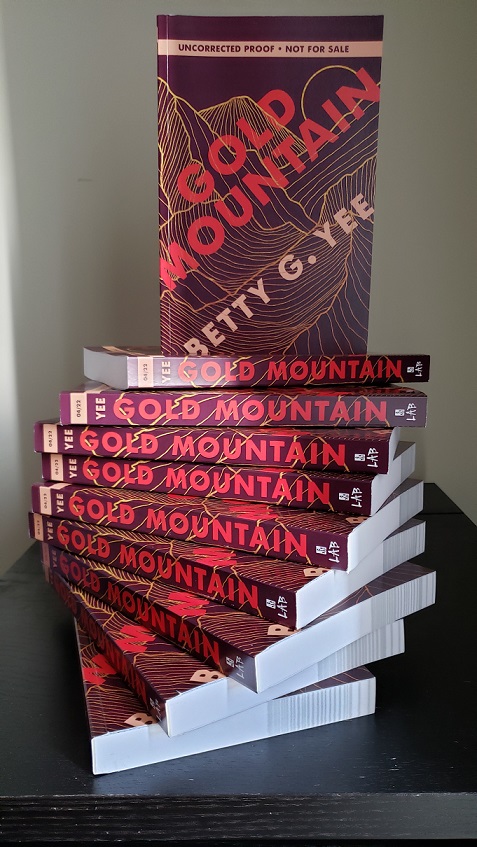
The idea for Gold Mountain began with a character: a Chinese girl disguising herself as a boy. It wasn’t long before I placed her in a setting I had long held an interest in: 1865 and the construction of the American transcontinental railroad. All my life I’ve heard about the thousands of Chinese sojourners who worked on the transcontinental railroad, and how dangerous that work was. I was curious about who the workers were. Here was a chance to find a face and a story for those unknown people.
I began with some general research– to get my feet wet, so to speak. My plan was to get a sense of the milieu, create an engaging plot and interesting characters, then add the pertinent historical facts as necessary. As it turned out, writing historical fiction is not that simple. A lot depends on whose story you want to tell.
ADVERTISEMENT
ADVERTISEMENT
As I conducted my research, I was amazed at the enormous hardships the Chinese workers endured. Everything I learned: from the backbreaking labor of digging through a granite mountain range, to the brutal winter months, to enduring the indignity of bigotry, and exploitation, all added up to an incredible story that needed to be told.
In the spring of 2012, I had my overall plot, but my characters needed development. I’d reached the stage where I couldn’t do this without a deeper understanding of the world of the Chinese sojourners. I had question after question. Who were the sojourners? Why did they go to America? Was it only just for money? What were their names? What did they leave behind? What were their hopes and dreams? They endured remarkable hardship while working on the transcontinental railroad. Was it worth it?
Finding the answers to these questions was surprisingly difficult. To be sure, there was plenty of information on the men who funded the railroad, the men who planned it, the men who became famous for it afterward. There was a lot of information on mechanical and technical aspects of the railroad itself–the elevation of it at certain places, the amount of track laid at others. This historical information was useful, but not what I needed. These facts fueled the story of the white men involved in the project. Where was factual fuel for the story of the thousands of Chinese who lived and died while building the transcontinental railroad? Why was it easier to learn the number of miles the Sierra Nevada tunnels ran than it was to find the names of the people who carved them out by hand at great peril to themselves? Why did the historical narrative feel skewed towards westerners?
A case in point is the iconic photograph celebrating the completion of the transcontinental railroad taken at Promontory Summit, Utah on May 10, 1869. Close examination of it will reveal that with the exception of possibly two figures, all the men appear to be white. Chinese sojourners made up approximately ninety percent of the Central Pacific Railroad’s workforce, yet they are conspicuously missing in the famous image.
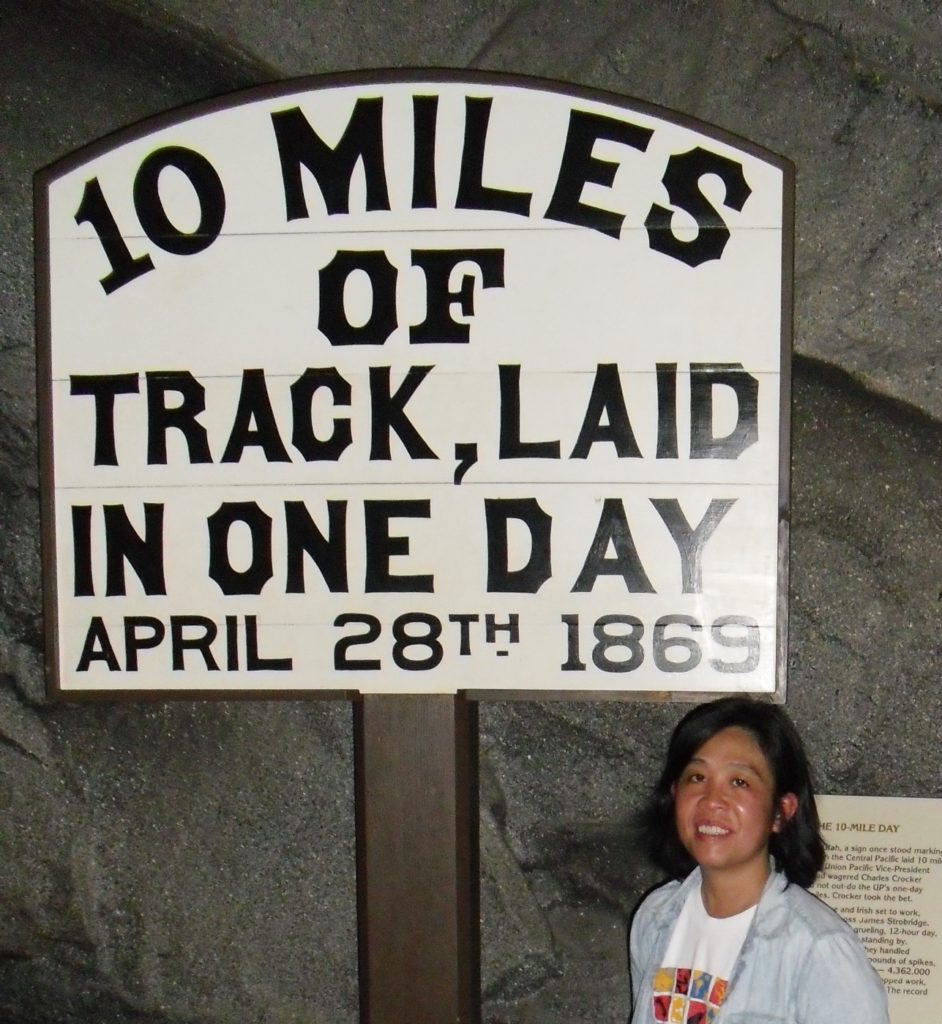
I dug as much as I could with my limited resources. I searched for but was unable to find primary sources such as letters, journals, or even a list of employee names on a payroll to inform my research. I relied on secondary sources. Stephen E. Ambrose’s Nothing Like It In the World and Lila Perl’s To the Golden Mountain were especially informative.
Bit by bit, I pieced together what everyday life might have been like for the sojourners.
Even so, the secondary sources of historical information are not without their controversies. One example of this is the curious question of the use of baskets at Cape Horn, a particularly daunting area in the Sierra Nevada mountain range. According to some, Chinese blasters used baskets that hung off the cliff tops of Cape Horn. Other sources are adamant that since there is no physical evidence of baskets at Cape Horn, the use of baskets by the Chinese may be apochryphal. Still others argue that the baskets were certainly used, citing anecdotal tales as well as the fact that such baskets were commonly used in the gorges around the Yangtze River in China at the time.
The former argument made less sense to me as so much about the sojourners was not preserved. Their names, for instance, don’t exist on payroll ledgers, but does this mean that thousands of workers never came to America?
I realized that one of the greatest challenges to writing historical fiction is in balancing historical facts with the needs of the story. In this particular case, the facts, such as they were, were in opposition. I wanted to acknowledge both sides, so I tried to weave a creative thread to allow both arguments in my novel.
Thousands of Chinese worked on the western portion of the transcontinental railroad, yet very little is known about their lives and who they were. I hope that in writing Ling Fan’s story, I’ve put one face on these nameless workers, and that this will open the door for readers to search for others.
**If you are interested in further information about the Chinese railroad workers, please check out the Chinese Railroad Workers in North America Project at Stanford University Their research was published in 2019 and contains extensive information I wish I had when I was researching Gold Mountain!
Meet the author
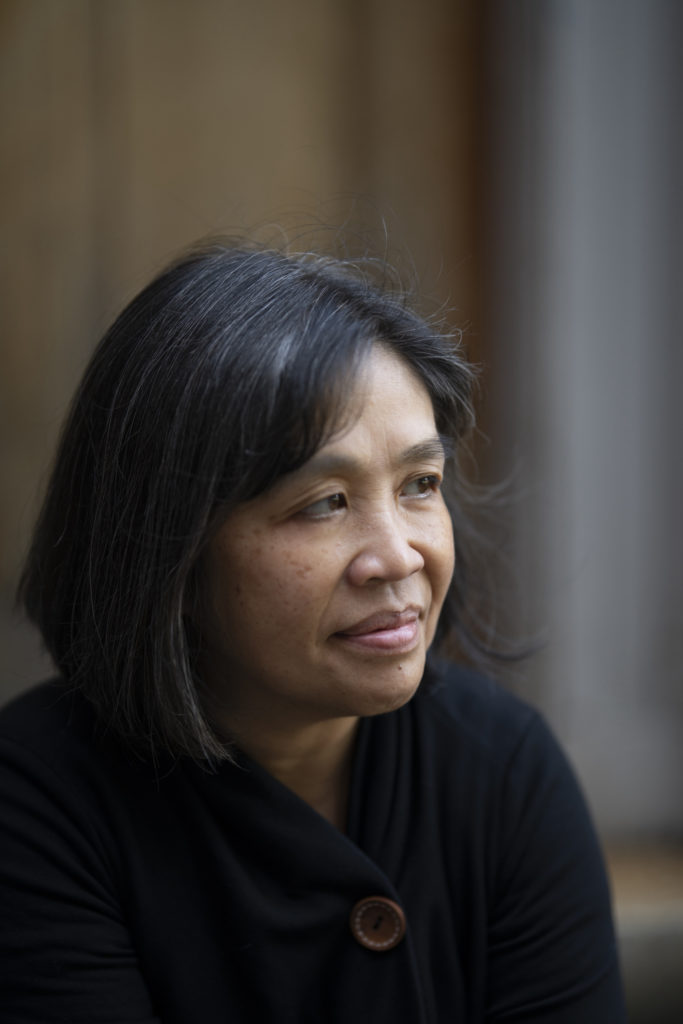
Betty G. Yee was born and raised in Massachusetts. She spent much of her early life reimagining her favorite stories or writing sequels to them.
Betty has been an elementary school teacher for over twenty years. When she’s not teaching or writing, she enjoys traveling, bike riding, eating french fries and immersing herself in the words and worlds of other writers. She lives with her two bossy cats, Zara and Piper.
ADVERTISEMENT
ADVERTISEMENT
Her stories can be found in The Drum Literary Magazine, Hunger Mountain, Frost Fire Worlds, and RAZ Kids. She is the recipient of SCBWIs 2011 Multi-Cultural Works-In-Progress Grant. Gold Mountain is her first novel.
Website: https://bettygyee.com
Facebook: https://www.facebook.com/bgyeewriter
Twitter: @B_Yee09
Instagram: @bgyeewriter
Email: bgyeewriter@comcast.net
GoodReads: https://www.goodreads.com/book/show/57223569-gold-mountain
About Gold Mountain

Working on the Transcontinental Railroad promises a fortune—for those who survive.
Growing up in 1860s China, Tam Ling Fan has lived a life of comfort. Her father is wealthy enough to provide for his family but unconventional enough to spare Ling Fan from the debilitating foot-binding required of most well-off girls. But Ling Fan’s life is upended when her brother dies of influenza and their father is imprisoned under false accusations. Hoping to earn the money that will secure her father’s release, Ling Fan disguises herself as a boy and takes her brother’s contract to work for the Central Pacific Railroad Company in America.
Life on “the Gold Mountain” is grueling and dangerous. To build the railroad that will connect the west coast to the east, Ling Fan and other Chinese laborers lay track and blast tunnels through the treacherous peaks of the Sierra Nevada, facing cave-ins, avalanches, and blizzards—along with hostility from white Americans.
When someone threatens to expose Ling Fan’s secret, she must take an even greater risk to save what’s left of her family . . . and to escape the Gold Mountain alive.
ISBN-13: 9781728415826
Publisher: Lerner Publishing Group
Publication date: 04/05/2022
Age Range: 12+
Filed under: Uncategorized
About Amanda MacGregor
Amanda MacGregor works in an elementary library, loves dogs, and can be found on Twitter @CiteSomething.
ADVERTISEMENT
ADVERTISEMENT
SLJ Blog Network
2024 Books from Pura Belpré Winners
In Memorium: The Great Étienne Delessert Passes Away
Winnie-The-Pooh | Review
Parsing Religion in Public Schools
ADVERTISEMENT

